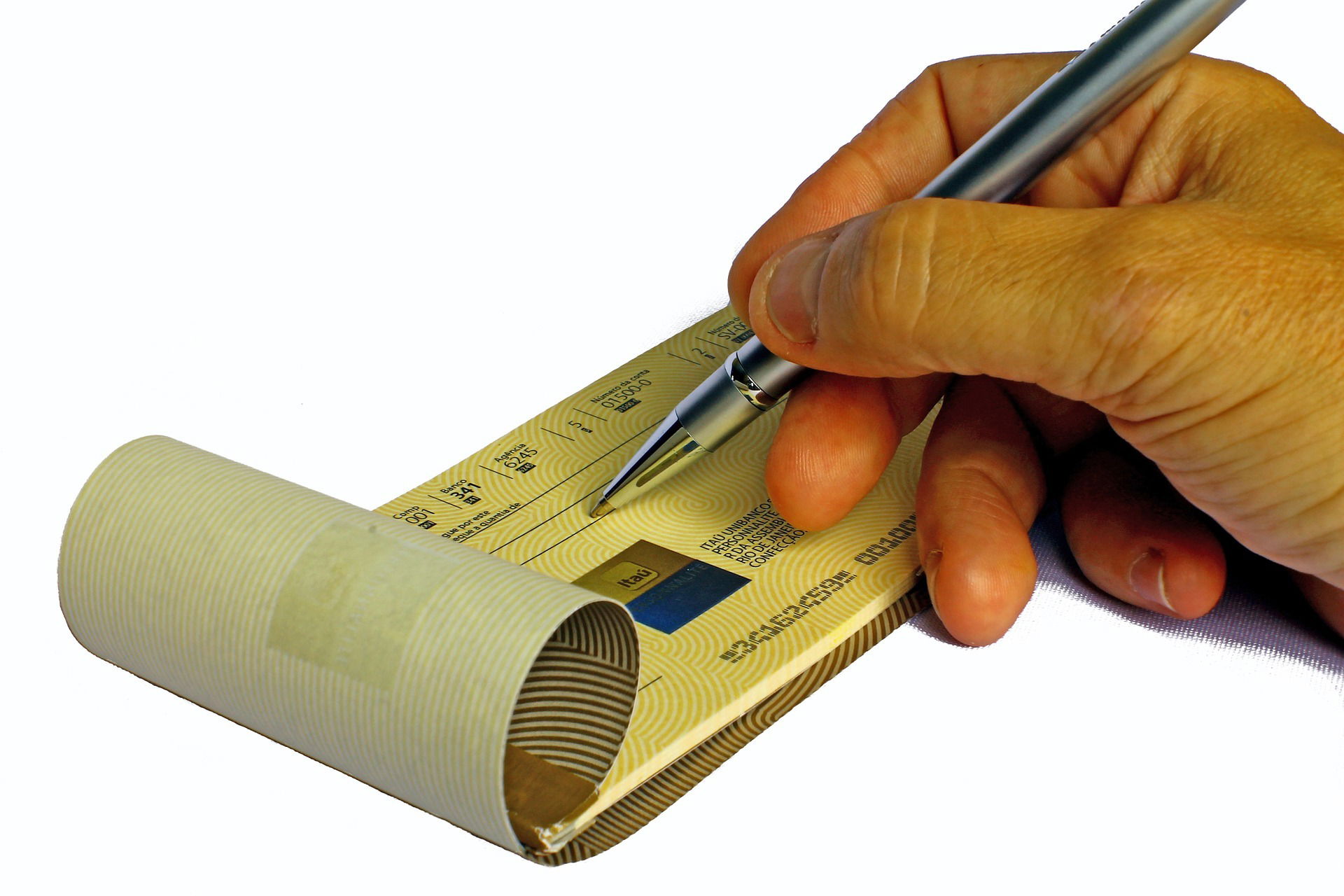Negotiable Instruments

OVERVIEW
A promissory note (but not an IOU), a bill of exchange (that usually involves 3 parties) and a cheque are all negotiable instruments.
In each, someone is promising to pay or is directed to pay another person. Obviously these parties are not using CASH ($$) but making commitments or directing others to pay and do so in what can be simple WRITINGS.
In the case of a cheque, a BANK is directed to pay someone.
In a bill of exchange (a paper writing), someone owed money by a "debtor" often directs that "debtor" to pay someone else. Bills of exchange are still common in commerce.
In simple terms, negotiability can be seen as readily being able to transfer (from one person to another) the right to receiving "payment" (for something of value where that value has been negotiated between two or more parties). Transfer can occur with a simple signature.
Basically, these "instruments" (writings) allow for the movement of "money" (the right to being paid) without initially using cash ($$) or a debit or credit card or an e-transfer of money. They also easily allow for "time to pay" (credit).
(Please note again that the three statements above are simplifications in an attempt to establish some basic understanding of these signed instruments or documents that can be created with some 40 words or less.)
The parties involved in a bill of exchange should not seem strange. In a credit card transaction, (1) the card owner (2) directs the credit card company (3) to pay a merchant. There are reasons, promises, commitments and writings to "explain" why this is happening and how it occurs.
Copyright 2020
This is general information and not legal advice. We encourage you to visit us at our alternate website: https://www.fera-gasparini.ca/ and also to have a quick look inside our new book on Canadian Law and Business Studies: https://bit.ly/3Ay0lSR.
This book contains a full chapter on "Negotiable Instruments".